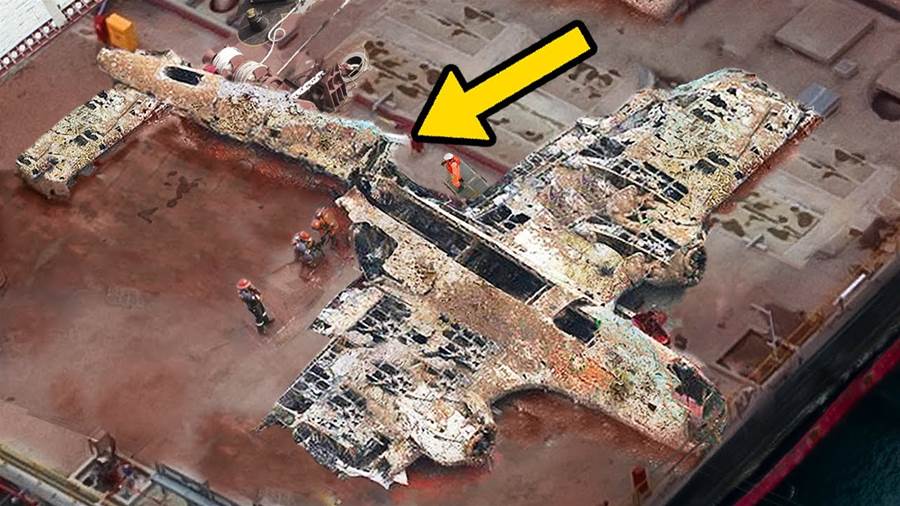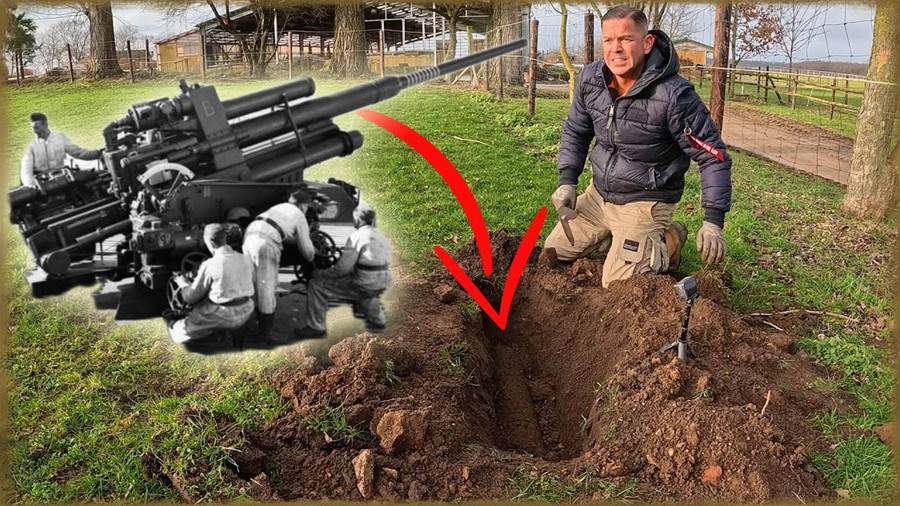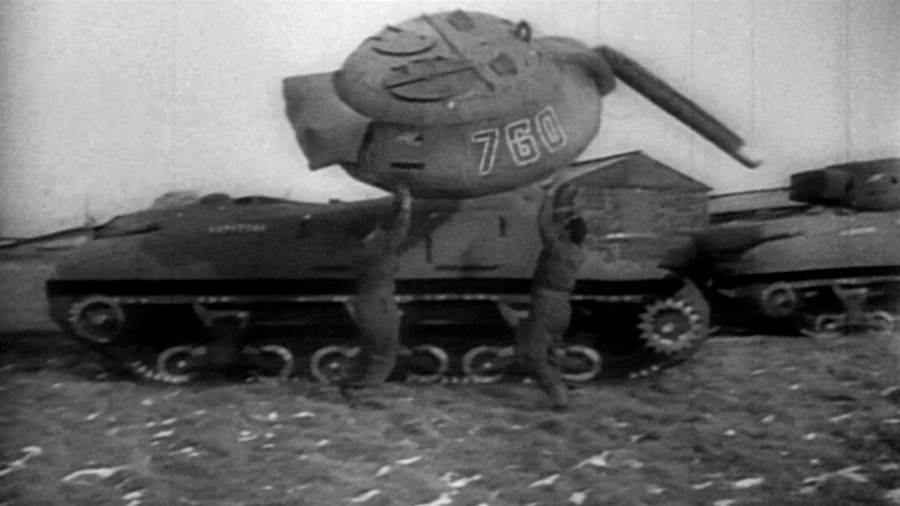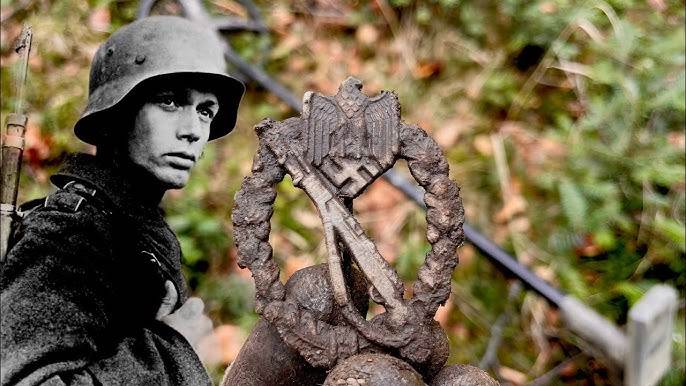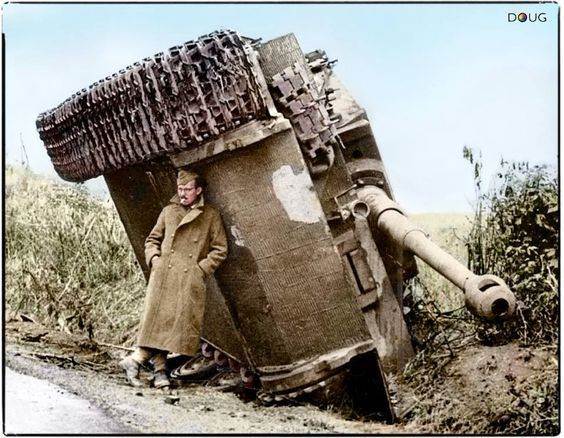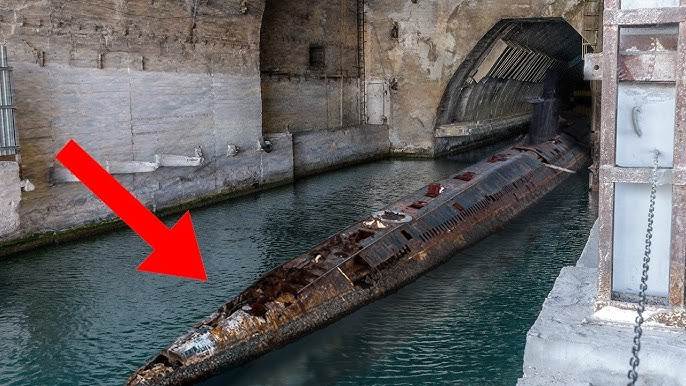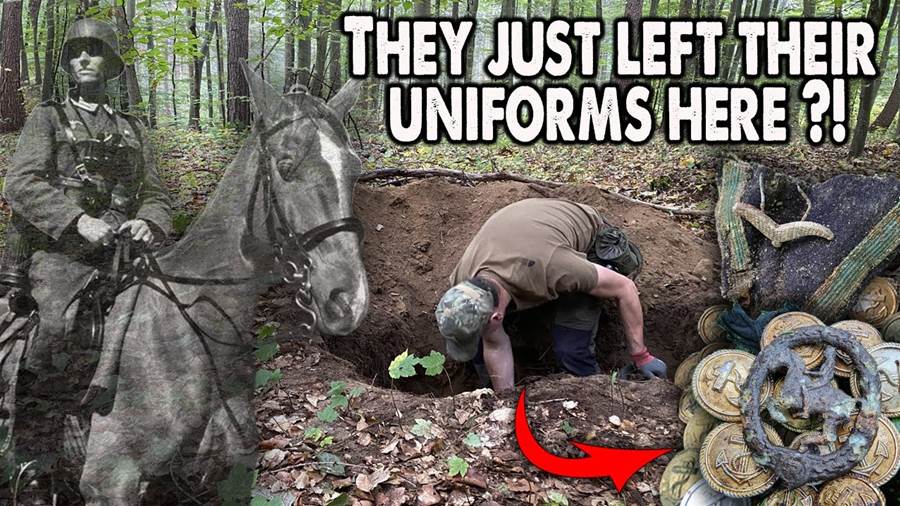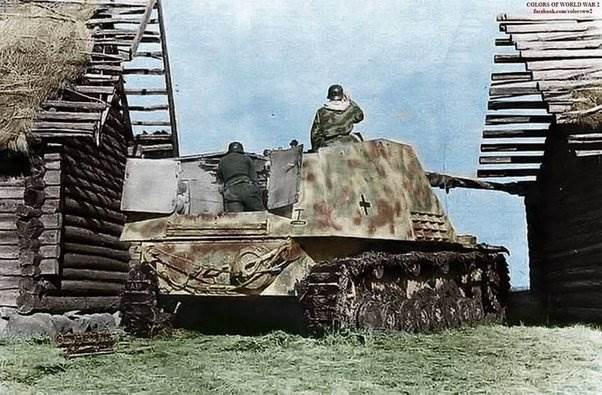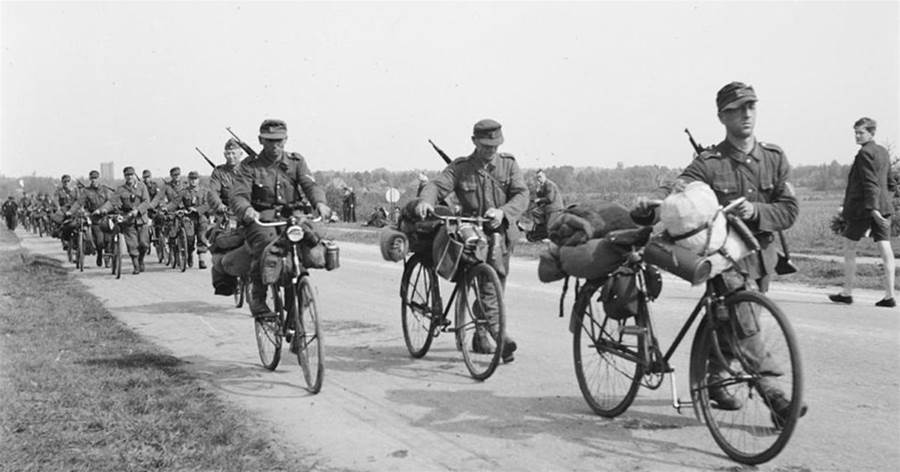
Bicycles, often seen today as a practical means of everyday transportation, had a significant role during World War II that is often overlooked. While modern warfare has largely shifted to motorized vehicles, bicycles proved their worth in earlier conflicts, particularly in the context of World War II's mobile warfare.
Bicycles in Early Military History
The use of bicycles in military operations dates back to the late 19th century. The French first officially introduced bicycles into service in 1887, but it was the British who began experimenting with them in a military context as early as 1885.
Cyclists were employed as scouts in field exercises, highlighting their potential utility in reconnaissance and rapid movement.

However, it was World War II that truly demonstrated the strategic value of bicycles. Unlike the trench warfare of World War I, which rendered bicycles largely impractical, the more dynamic and mobile warfare of World War II offered a different set of opportunities for their use.
Bicycles on the Battlefield
During World War II, bicycles became an essential component of military strategy for several nations. The German army, for example, employed bicycles extensively during their invasions of Norway and Poland.
The article is not finished. Click on the next page to continue.
The article is not finished. Click on the next page to continue.
Next page





